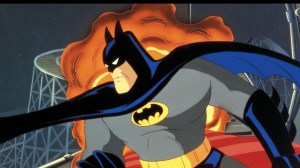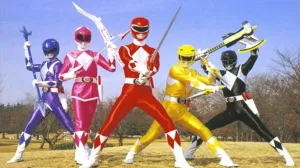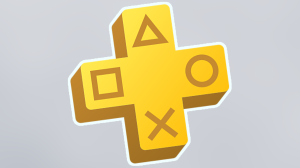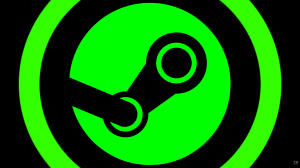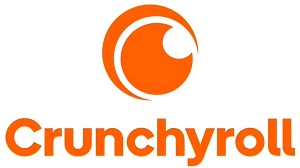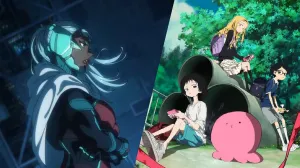The 2003 Teen Titans animated series stands as a landmark achievement in superhero television. With its novel blend of American action cartoons and Japanese anime sensibilities, the show struck a perfect balance between stylized comedy and surprisingly mature serialized storytelling. In addition, Teen Titans captured the hearts of a generation of viewers by treating its young heroes as a found family dealing with friendship, loss, and the struggles of growing up. For many, the team of Robin (voiced by Scott Menville), Starfire (voiced by Hynden Walch), Cyborg (voiced by Khary Payton), Raven (voiced by Tara Strong), and Beast Boy (voiced by Greg Cipes) in this series became the definitive versions of the characters, to the point where fans hope that will be the lineup of the upcoming DC Universe live-action movie.
Videos by ComicBook.com
A huge part of Teen Titans‘ enduring legacy was its willingness to reinterpret the source material. While always showing a deep respect for DC comics, the creative team was not afraid to make bold changes to the mythology, streamlining convoluted backstories, modernizing character designs, and adding new layers of emotional complexity. By transforming one-note villains into tragic figures or giving underdeveloped characters compelling new arcs, the series created a world that felt both fresh and timeless. Here are seven characters that were vastly improved by Teen Titans.
1) Gizmo
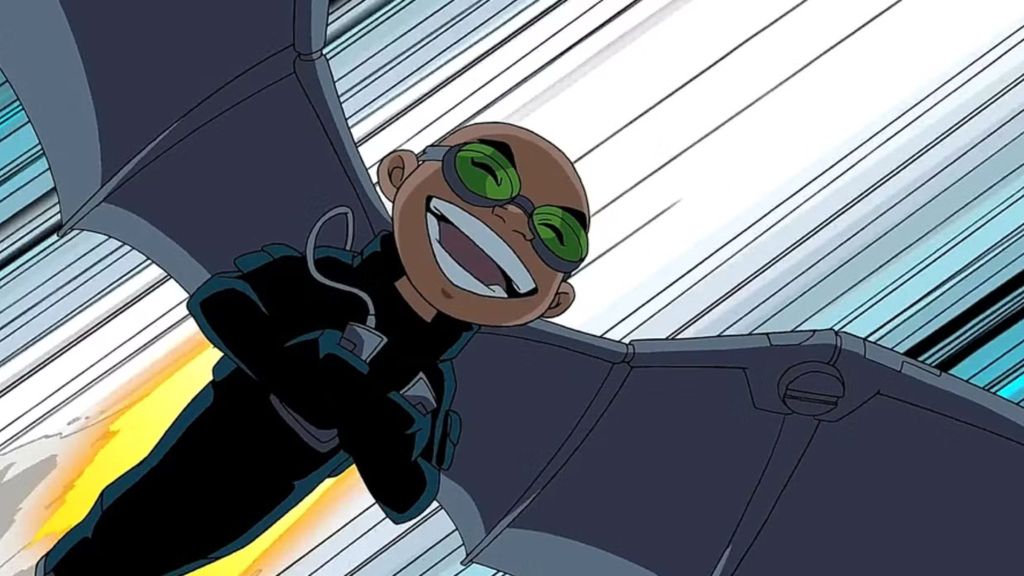
In the comics, the original Gizmo was Mikron O’Jeneus, a bald, dwarf genius and one of the founding members of the villainous Fearsome Five. An adult inventor who supplied technology to criminals, he was a more or less standard evil genius, a capable but somewhat generic threat who was primarily motivated by greed. Furthermore, his conflicts with the Titans were straightforward, lacking any deep personal connection to the heroes he fought.
The animated Teen Titans series dramatically improved the character by reimagining him as a bratty and egotistical child prodigy. As one of the top students at the H.I.V.E. Academy, this much younger Gizmo (voiced by Lauren Tom) became the perfect rival for Cyborg. Their shared expertise in technology fueled a recurring and often hilarious feud, with Gizmo’s infantile rage and high-pitched insults providing a fantastic contrast to Cyborg’s more laid-back confidence. This change immediately gave Gizmo a clearer purpose in the narrative and a personal animosity toward a specific Titan, making him a far more memorable and entertaining antagonist than his original adult counterpart.
2) Madame Rouge

The comic book version of Madame Rouge was a French actress who developed a split personality after an accident, later granted shapeshifting and limb-stretching powers by the Brotherhood of Evil’s leader, The Brain. Her backstory was often complex, and her allegiance could waver, making her a less consistent threat. As a result, her powers were formidable, but her characterization was not always as focused as it could have been.
Teen Titans streamlined Madame Rouge (voiced by Hynden Walch) into one of the show’s most terrifying villains. The animated villain was a cold, ruthless, and efficient enforcer for the Brotherhood of Evil with a distinct Eastern European accent. Her powers were enhanced significantly, allowing her to alter her shape, repair any damage, and move with incredible speed and strength, making her almost indestructible. This transformation turned her from a psychologically conflicted character into a relentless force of nature, whose appearances in the final season were genuinely menacing and established her as a top-tier threat.
3) Starfire
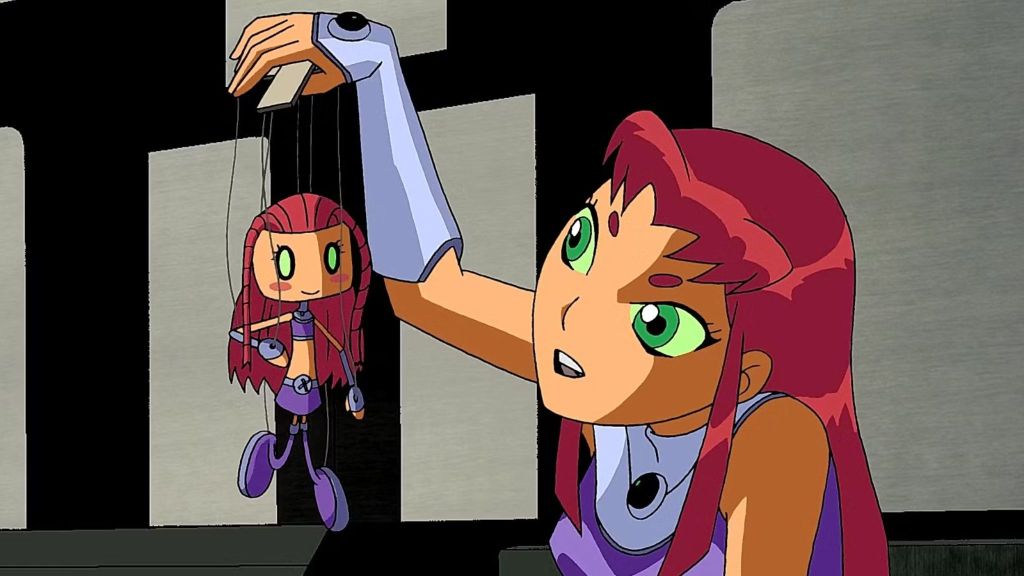
In the classic New Teen Titans comics by Marv Wolfman and George Pérez, Starfire’s backstory is defined by immense trauma, as she was a warrior princess who endured slavery and horrific experimentation at the hands of her enemies before escaping to Earth. While compassionate, her comic counterpart was often characterized by a warrior’s passion and a sometimes-uncomfortable unfamiliarity with Earth’s customs, a portrayal that was more aggressive than what many fans of the show remember.
The animated series wisely softened Starfire, shifting the focus from her traumatic past to her role as the emotional heart of the team. While the betrayal by her sister Blackfire (voiced by Hynden Walch) remained a key part of her history, the show emphasized her joyful curiosity, unwavering optimism, and profound capacity for love. This take on Starfire made her the ultimate “fish out of water,” finding wonder and friendship in her new home. This adjustment made her an incredibly endearing and accessible character, whose kindness and emotional intelligence became her greatest strengths.
4) Jinx
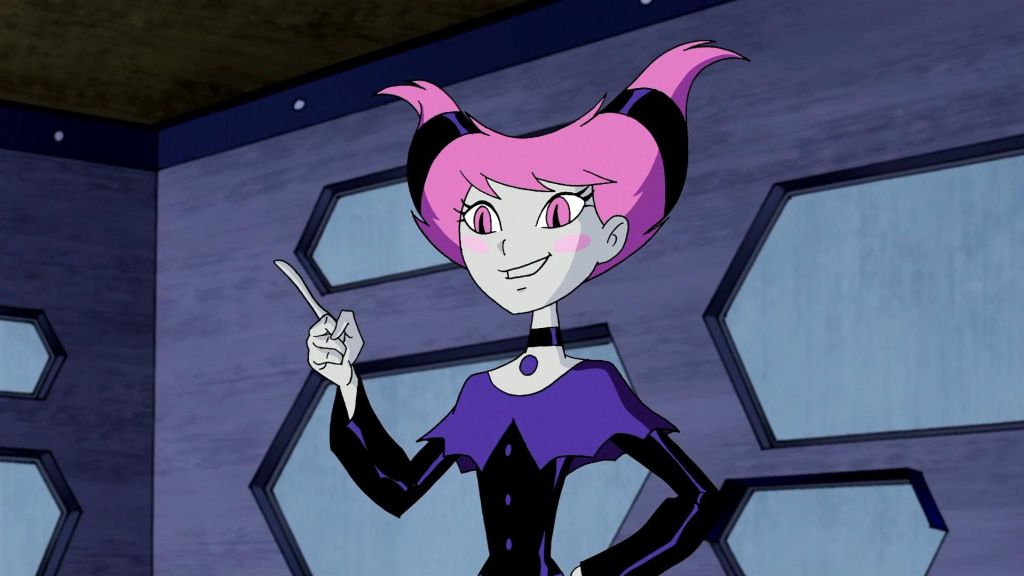
The original Jinx from the comics was an elemental sorceress from India with a bald head and mystical abilities tied to the earth. As a member of the villainous group the Fearsome Five, she was a capable but relatively straightforward antagonist for the Titans. Her motivations were rarely explored in depth, and her design and power set, while unique, lacked a strong narrative hook.
The Teen Titans series completely overhauled the character, creating a version that has become far more iconic. The show’s Jinx (voiced by Lauren Tom) is a goth student from the H.I.V.E. Academy with pink, horn-shaped hair and the ability to manipulate probability to create “bad luck.” This visual and conceptual redesign was a significant improvement, but the biggest change was giving her a compelling character arc. Over the course of the series, Jinx evolves from a petty villain into a conflicted anti-hero and, eventually, a true hero, largely thanks to her relationship with Kid Flash (voiced by Michael Rosenbaum). This journey of redemption added emotional depth that her comic book counterpart never had.
5) Raven

Raven’s core concept has always been compelling in both comics and animation. As the half-demon daughter of the interdimensional tyrant Trigon (voiced by Kevin Michael Richardson in Teen Titans), she is in a constant battle to suppress her own dark heritage. The comics explored this internal conflict, but often as one of many ongoing plotlines within the team dynamic.
Teen Titans improved upon this by making Raven’s internal struggle the absolute narrative cornerstone of her character. Her entire journey in the series revolves around her fear of her powers and her destiny, with the fourth season adapting her conflict with Trigon as an epic, world-ending event. In addition, the show brilliantly externalized her emotional suppression through her iconic deadpan voice and sarcastic wit, which acted as a defense mechanism against the chaos within. This focused approach and revamped personality made her internal torment more visible and deeply relatable, creating a complex character whose fight for self-acceptance became one of the most powerful arcs in the entire series.
6) Brother Blood

In the comics, Brother Blood is a title passed down through generations of leaders of the Church of Blood, a fanatical and dangerous cult. He is typically a mystical threat, a charismatic leader whose power comes from the faith of his followers. While a formidable foe, his cult-leader archetype was somewhat dated and lacked a specific connection to any of the individual Titans.
The animated Teen Titans reinvented Brother Blood (voiced by John DiMaggio) as the charismatic and sadistic Headmaster of the H.I.V.E. Academy. This change was a massive improvement, as it immediately established Brother Blood as the direct mentor of younger villains like Gizmo and Jinx, tying different plot threads together. More importantly, the show created a personal rivalry between Brother Blood and Cyborg. Blood became obsessed with Cyborg’s technology and the nature of his humanity, making their conflict a psychological battle that anchored the third season and gave Cyborg a much-needed personal antagonist.
7) Terra
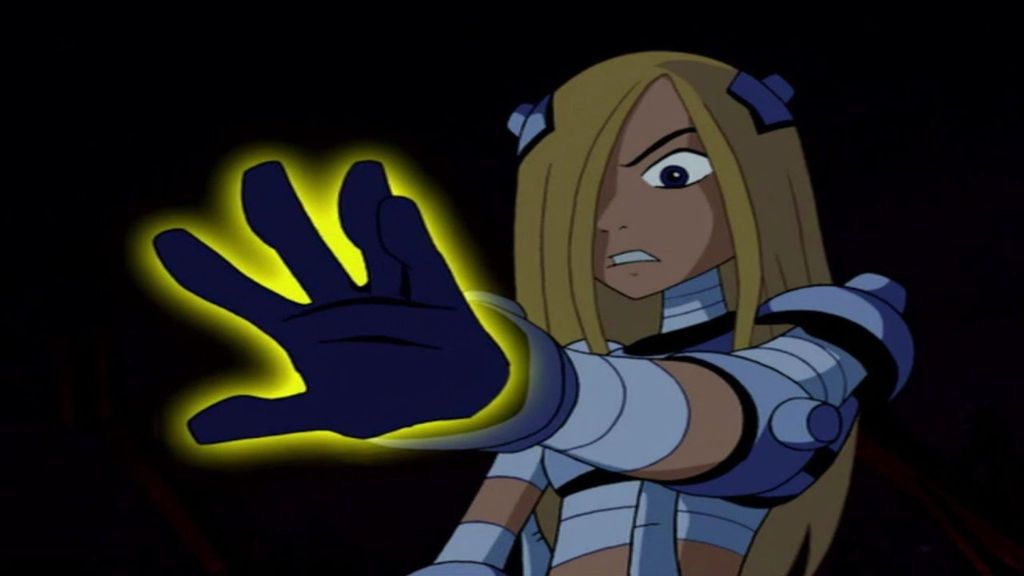
In the legendary “The Judas Contract” storyline from the comics, Terra was introduced as a powerful geo-morph who joined the Titans only to be revealed as a spy working for Deathstroke. The comic version of Terra was portrayed as a deeply disturbed and irredeemably malevolent teenager who genuinely hated the Titans and was engaged in a controversial relationship with the much older Slade Wilson.
The animated series took this iconic story and transformed it into a genuine tragedy. The Teen Titans version of Terra (voiced by Ashley Johnson) was not evil, but a lost, insecure, and scared teenager who could not control her immense powers. Her betrayal was born from the cruel psychological manipulation of Slade (voiced by Ron Perlman) and her desperate fear of being rejected by her new friends. This change turned her from a hateful villain into a profoundly sympathetic and tragic anti-hero, making her eventual sacrifice and the team’s heartbreak far more resonant.
Which other DC characters do you think the Teen Titans animated series improved? Let us know in the comments.


